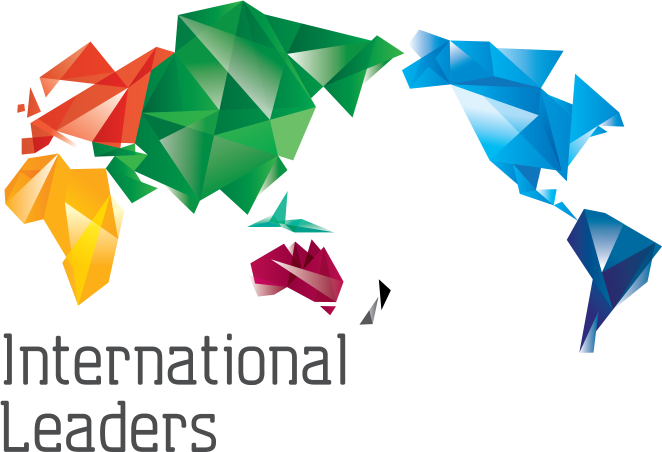Emissions Reduction not just Reporting!
Using rigorous accounting to combat climate change
Lea Patterson, CEO - Pilbara Group

Greenhouse Gas Accounting and Reporting, as it currently stands, is not helping to reduce emissions. We can easily see it in the data, the
GHG Protocol has been in place for about two decades now, but GHG emissions keep rising.
As Auden Schendler, the senior vice-president of sustainability for Aspen Skiing Company, states “Measurement and reporting have become ends to themselves, instead of a means to improve environmental or social outcomes. It’s as if a person committed to a diet and fanatically started counting calories, but continued to eat the same number of Twinkies and cheeseburgers.”
By way of quick introduction, emissions are currently categorized as:
Scope 1 – Direct emissions e.g. smokestacks, tailpipes, cows bums,
Scope 2 – Indirect emissions primarily electricity and gas,
Scope 3 – everything else, embedded emissions in the value chain!
The main problem is Scope 3 accounting, that is, it is mainly based on industry averages and is counted multiple times through the value chain.
So, what’s the alternative?
A rigorous accounting methodology, that combines proper GHG Emissions accounting and cost accounting, as developed by CAM-I and the E-Liability Institute.
Over ten years ago, the UN released a paper explaining how Activity-Based Costing (ABC) can be used to allocate environmental overhead through the organization down to individual products / services.
CAM-I, an early pioneer in the development of ABC methodologies, created the Environmental Sustainability Interest Group, released a number of white papers and embarked on some pilot projects. However, ten years ago, there was little interest in this type of solution.
The E-Liability approach was developed by Professors Robert Kaplan (Harvard) and Karthik Ramanna (Oxford). Professors Kaplan and Ramanna first published the idea in the November/December 2021 issue of the Harvard Business Review and it won the journal’s 2022 McKinsey Prize for “groundbreaking management thinking.”
The core concept of the E-Liability approach is that Scope 1 emissions are calculated (and audited) once and only once, at the place where they occur, then added to any embedded emissions from suppliers.
The objective is that no matter how complex the value chain is, each entity need only know it’s direct emissions and the emissions embedded in the products purchased from immediate suppliers. And it transmits emissions, calculated using ABC, via products sold to its immediate customers.
CAM-I and the E-Liability Institute are currently working on several pilot models right now, including the King County (Washington State) model, helping them transition their 3000 vehicles to EVs.
This combined solution can help organizations transition to a greener business model in a financially sustainable/profitable way and reduce emissions by redesigning products/services, reengineering processes, sourcing lower emissions supplies or simply using fewer high emissions resources.
If you would like to pilot this method at your organisation, please contact me at lea.patterson@pilbaragroup.com.

